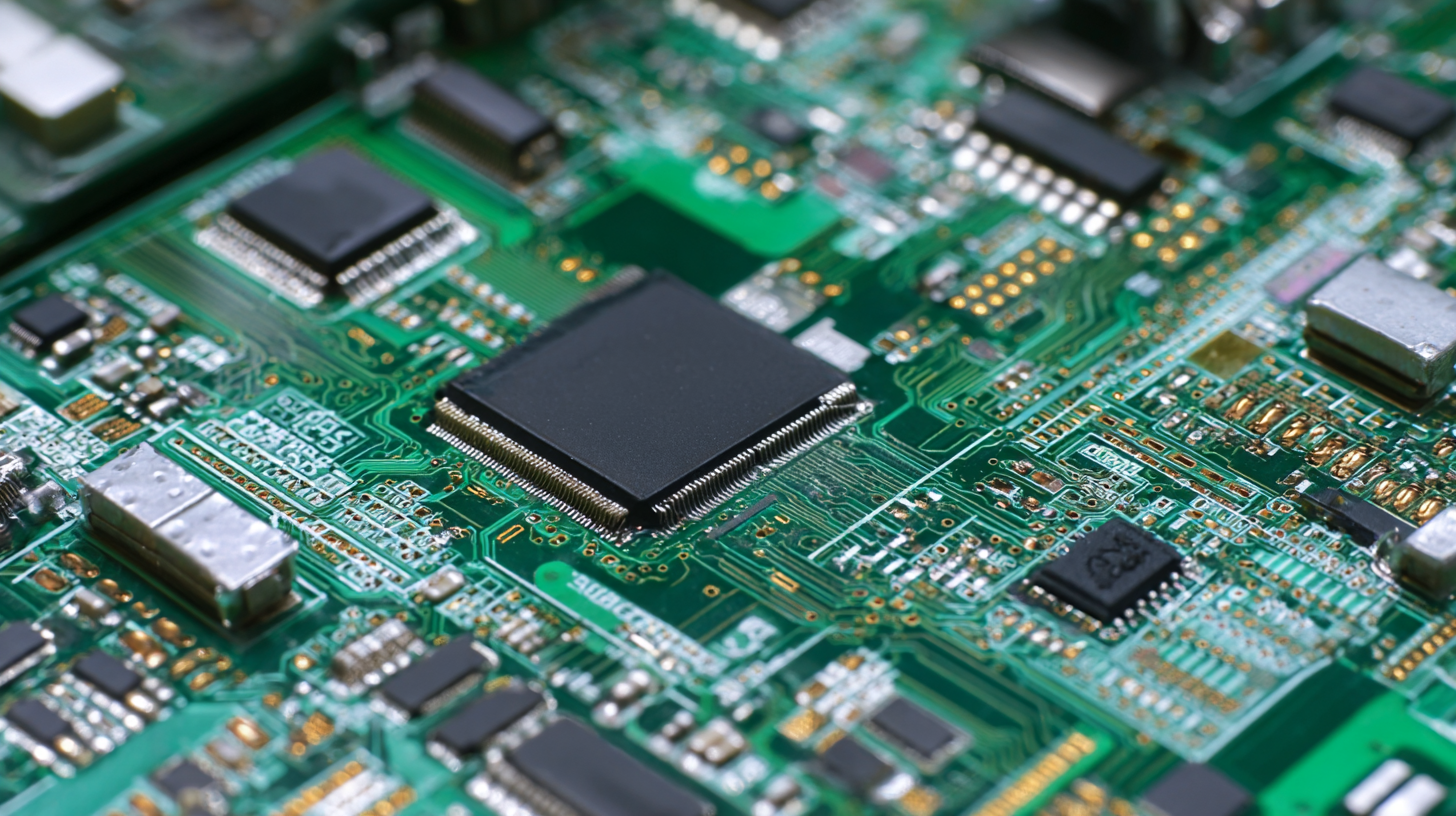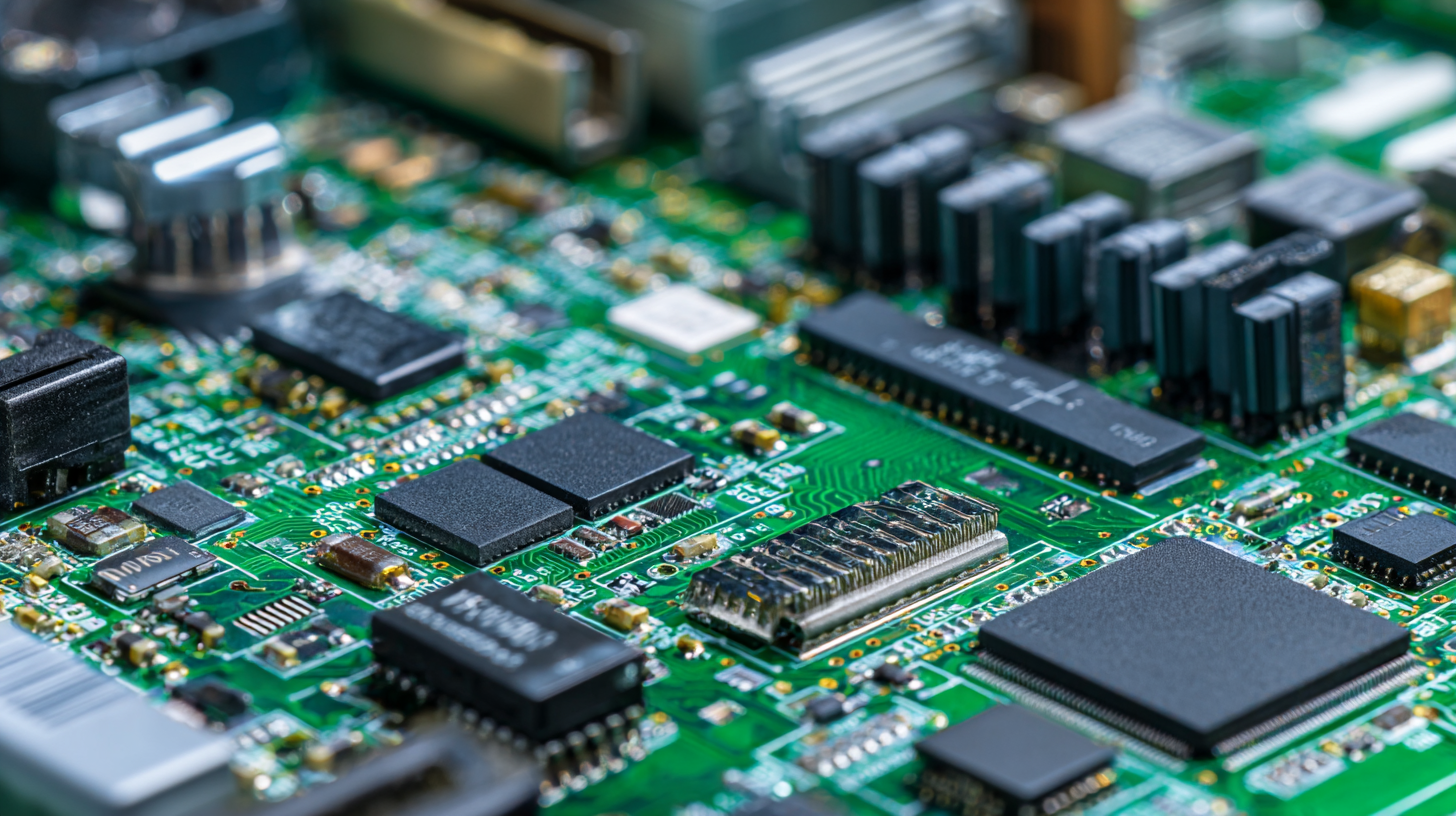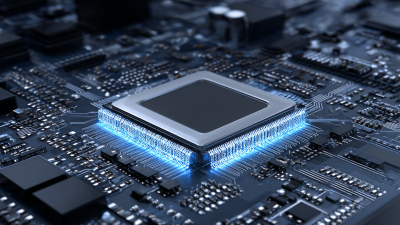Blog
Understanding Rigid Flex PCBs: The Future of Electronics Innovation and Design
The emergence of rigid flex technology marks a significant shift in the landscape of electronic design and innovation. As industries continue to demand more space-efficient and lightweight solutions for complex applications, rigid flex PCBs stand out as a game-changer.
 This unique combination of rigid and flexible circuit board technology enables manufacturers to create compact, versatile designs that can withstand the increasing stress of modern electronics. By understanding the benefits and capabilities of rigid flex PCBs, designers can explore new possibilities in product development, from consumer electronics to medical devices and aerospace applications. As we delve into the world of rigid flex technology, we will unpack its advantages, challenges, and the potential it holds for the future of electronics, ultimately empowering innovators to push the boundaries of what is possible in circuit design.
This unique combination of rigid and flexible circuit board technology enables manufacturers to create compact, versatile designs that can withstand the increasing stress of modern electronics. By understanding the benefits and capabilities of rigid flex PCBs, designers can explore new possibilities in product development, from consumer electronics to medical devices and aerospace applications. As we delve into the world of rigid flex technology, we will unpack its advantages, challenges, and the potential it holds for the future of electronics, ultimately empowering innovators to push the boundaries of what is possible in circuit design.
Types of Rigid Flex PCBs: An Overview of Their Variants
Rigid flex PCBs represent a significant advancement in electronic design, offering unparalleled versatility and efficiency for a wide range of applications. These innovative circuit boards combine the properties of rigid and flexible PCBs, making them suitable for complex layouts and space-constrained designs. By understanding the different types of rigid flex PCBs, designers can effectively leverage their capabilities to create more compact, lightweight, and reliable electronic devices.
Among the various types of rigid flex PCBs, the most prominent include multilayer rigid flex, single-sided rigid flex, and double-sided rigid flex variants. Multilayer rigid flex boards are ideal for high-density applications, providing robust performance with numerous layers interconnected in compact spaces. Single-sided rigid flex boards, while simpler, are often used in applications where minimal complexity is required but flexibility is still beneficial. Double-sided rigid flex boards offer a middle ground, providing enhanced routing capabilities without significantly increasing the size. As innovations in PCB processing continue to evolve, the landscape for rigid flex designs is poised for even greater growth and application in the future.
Understanding Rigid Flex PCBs: The Future of Electronics Innovation and Design - Types of Rigid Flex PCBs: An Overview of Their Variants
| Type of Rigid Flex PCB | Description | Key Features | Typical Applications |
|---|---|---|---|
| Single-Sided Rigid Flex PCB | A PCB with one conductive layer, combining a rigid part for support and a flexible part for flexibility. | Cost-effective, lightweight, simple design. | Consumer electronics, medical devices. |
| Double-Sided Rigid Flex PCB | Features two conductive layers allowing for more complex circuitry. | Higher density, better performance, compact design. | Communication devices, UAV controls. |
| Multi-Layer Rigid Flex PCB | Incorporates three or more conductive layers for intricate circuit layouts. | Maximized component density, superior signal integrity. | High-end electronics, aerospace applications. |
| Impedance Controlled Rigid Flex PCB | Designed with specific impedance configurations to meet advanced signal needs. | Optimized for high-frequency applications, reduced signal loss. | Telecommunications, RF applications. |
| High Temperature Rigid Flex PCB | Engineered to perform under high thermal conditions without degrading. | High thermal resistance, durable under extreme environments. | Automotive, industrial equipment. |
Key Advantages of Rigid Flex PCBs in Modern Electronics
Rigid flex printed circuit boards (PCBs) are swiftly becoming a crucial component in the landscape of modern electronics design. One of the key advantages of rigid flex PCBs is their ability to combine the best of both worlds: the mechanical strength of rigid materials with the flexibility of flexible circuits. This unique combination allows for more compact designs and greater versatility in device layouts, making them an ideal choice for applications where space is at a premium, such as in consumer electronics and wearable technology.
Another significant advantage of rigid flex PCBs is their enhanced reliability. Traditional designs often involve multiple connections and interconnections, which can lead to failure points. In contrast, rigid flex designs minimize these connections by integrating flexible circuitry with rigid sections, resulting in reduced stress on joints and a lower likelihood of mechanical failure. This increased durability can greatly improve the lifespan of electronic devices, making rigid flex PCBs an attractive option for manufacturers aiming for longevity and performance in their products. As innovation continues to drive the electronics industry, the adoption of rigid flex PCBs is set to revolutionize product design and functionality.

Applications of Rigid Flex PCBs Across Various Industries
Rigid flex PCBs are increasingly becoming integral to various industries due to their unique ability to combine the flexibility of flexible PCBs with the reliability of rigid circuits. This hybrid technology allows for innovative designs that can conform to the physical constraints of different applications, making them ideal for sectors like automotive, aerospace, medical devices, and consumer electronics.
With the automotive PCB market projected to grow from $9.15 billion in 2023 to $15.1 billion by 2032, the adoption of rigid flex PCBs is expected to play a significant role in enhancing both the performance and efficiency of modern vehicles.
In the automotive industry, rigid flex PCBs contribute to the miniaturization of components, enabling the development of complex electronic systems that require space-saving designs. These attributes are vital for advanced driver-assistance systems (ADAS), infotainment systems, and electric vehicle technologies. As manufacturers prioritize innovative solutions to meet consumer demands and regulatory requirements, the versatility and reliability of rigid flex PCBs will drive their adoption across an array of automotive applications, ensuring sustainable growth amid the industry's evolution.
Design Considerations for Rigid Flex PCB Manufacturing
When considering the manufacturing of rigid flex PCBs, several key design considerations come into play. First, the selection of materials is critical, as it directly impacts the performance and durability of the final product. Engineers should opt for high-quality substrates that can withstand the mechanical stress and environmental factors they will encounter throughout their lifecycle. Additionally, the thickness of the materials should be chosen carefully to maintain flexibility without compromising rigidity where necessary.
**Tips: When designing for rigid flex PCBs, always prototype extensively. This helps in identifying any potential issues before full-scale manufacturing begins.** Another important factor is the connection method between the rigid and flexible sections. Utilizing advanced bonding techniques ensures a reliable interface that minimizes the risk of separation under stress. It’s also vital to take into account the routing of traces; ensuring that bendable areas are appropriately designed to avoid stress concentration is key to preventing failures over time.
**Tips: Use simulation tools to visualize bending and stress points in your designs, allowing for adjustments that can enhance durability.** Overall, focusing on these design considerations lays a solid foundation for the successful production of rigid flex PCBs, aligning with the innovative trends in electronics design.

Future Trends in Rigid Flex PCB Technology and Innovation
Rigid flex PCBs are set to revolutionize the electronics industry as advancements in design and manufacturing techniques continue to evolve.
According to a report by Research and Markets, the global rigid flex printed circuit board market is projected to grow at a CAGR of 10.4% from 2021 to 2026, driven by increasing demand for compact and lightweight electronic devices.
This trend is particularly evident in sectors such as automotive and consumer electronics, where space optimization without compromising performance is paramount.
As the industry trends toward miniaturization, the integration of rigid and flexible circuitry offers unique advantages.
These PCBs not only reduce assembly costs and enhance durability but also allow for more innovative product designs.
A study by IPC International predicted that the adoption of rigid flex technology could reduce the total footprint of electronic systems by up to 30%, accommodating the shrinking physical dimensions of modern devices.
Furthermore, advancements in materials science are improving the thermal management and signal integrity of these boards, paving the way for more complex and reliable electronics in the future.
Related Posts
-

Envisioning Tomorrow: The Rise of Best Rigid Flex PCB in Modern Electronics
-

How to Optimize Your Supply Chain with Rigid Flex Solutions for Global Sourcing
-

The Definitive Ultimate Guide to Sourcing and Using Flex Circuits for Global Buyers
-

Understanding Rigid Flex PCBs: A Comprehensive Guide to This Hybrid Technology
-

Understanding the Future of Rigid Flex PCB Technology and Its Impact on Electronics Innovation
-

7 Essential Reasons Why Rigid Flex Technology Is Transforming Modern Electronics
